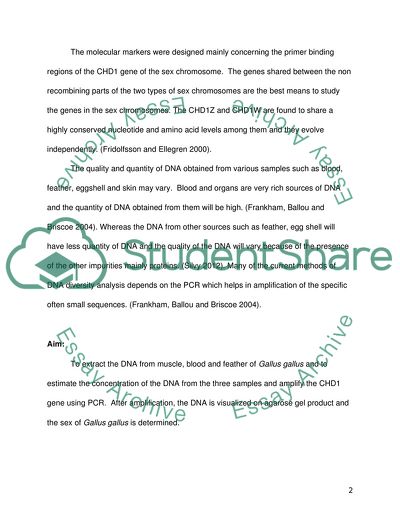Cite this document
(DNA Extraction and PCR of Bird DNA for Sex Identification Lab Report, n.d.)
DNA Extraction and PCR of Bird DNA for Sex Identification Lab Report. https://studentshare.org/biology/1780653-genetic
DNA Extraction and PCR of Bird DNA for Sex Identification Lab Report. https://studentshare.org/biology/1780653-genetic
(DNA Extraction and PCR of Bird DNA for Sex Identification Lab Report)
DNA Extraction and PCR of Bird DNA for Sex Identification Lab Report. https://studentshare.org/biology/1780653-genetic.
DNA Extraction and PCR of Bird DNA for Sex Identification Lab Report. https://studentshare.org/biology/1780653-genetic.
“DNA Extraction and PCR of Bird DNA for Sex Identification Lab Report”. https://studentshare.org/biology/1780653-genetic.


